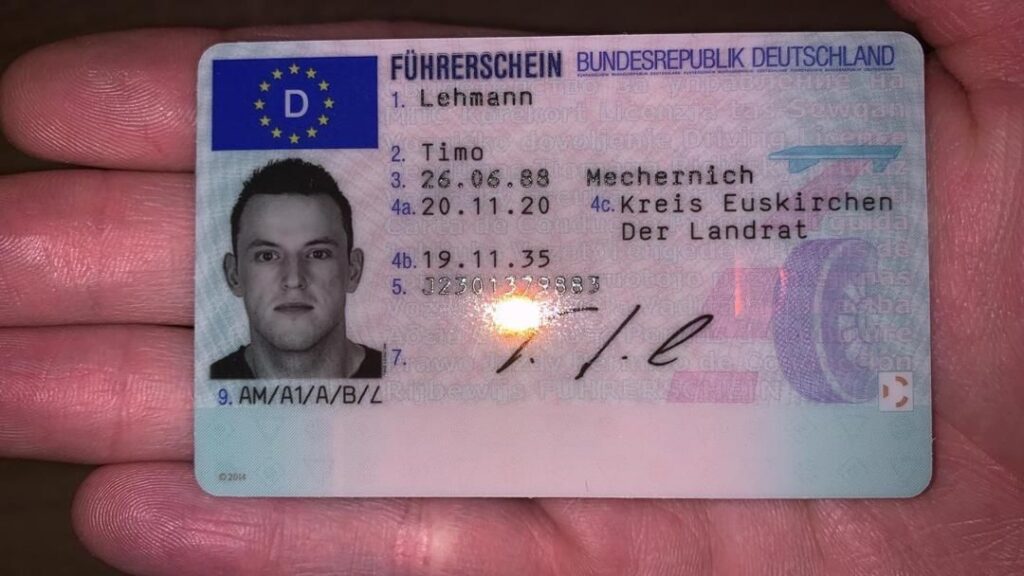Understanding Road Traffic Regulations: A Comprehensive Guide
Roadway traffic regulations are vital for ensuring the safety of vehicle drivers, pedestrians, and other road users. These laws govern the operation of cars, the behavior of motorists and pedestrians, and help with smooth traffic circulation. This short article explores the different elements of roadway traffic guidelines, their significance, and some common guidelines and guidelines that every road user must be familiar with.
The Importance of Road Traffic Regulations
Roadway traffic policies serve several vital purposes:
- Safety: They are primarily designed to protect the lives of people on the roadway, reducing mishaps and injuries.
- Orderly Traffic Flow: By developing clear rules, these guidelines assist in managing the flow of vehicles and lessening blockage.
- Security of Pedestrian Rights: They make sure that pedestrian crossings and rights-of-way are appreciated, promoting much safer travel on foot.
- Ecological Considerations: Certain policies aim to minimize environmental impact, motivating environmentally friendly driving practices.
- Legal Framework: They supply legal accountability for drivers and pedestrians, delineating charges for violations.
Key Elements of Road Traffic Regulations
Comprehending roadway traffic regulations is essential for compliance and safety. Below are a few of the crucial elements:
| Element | Description |
|---|---|
| Traffic Signs | Various indications that offer information and guidelines to drivers. |
| Traffic Signals | Lights that control the circulation of traffic at intersections. |
| Speed Limits | Optimum and minimum speed limits set for various roadway types. |
| Access Rules | Guidelines on which roadway users need to go initially at intersections. |
| Seat Belt Regulations | Laws mandating the using of safety belt for driver and travelers. |
| Driving Under the Influence | Stringent charges for running a car while impaired by alcohol or drugs. |
| Car Registration and Licensing | Requirements for lorries to be registered and chauffeurs to have valid licenses. |
Common Traffic Regulations
Although traffic guidelines can differ from one country to another, some typical guidelines are typically observed worldwide:
1. Speed Limits
A lot of jurisdictions implement speed limitations based upon roadway type and area, such as:
- Residential locations: 25-35 miles per hour
- Urban areas: 30-50 miles per hour
- Highways and freeways: 55-70 mph
2. Drinking and Driving
Driving under the impact of alcohol or drugs is illegal in most places. Common blood alcohol concentration (BAC) limits are:
- 0.08% for general motorists
- 0.00% for amateur or business drivers
3. Seat Belt Usage
Safety belt should be worn by all residents in a car. Online Führerschein Kaufen to comply can lead to fines.
4. Pedestrian Crossings
Drivers need to yield to pedestrians at marked crosswalks and abide by signals directing pedestrian movement.
5. Smart Phone Use
Utilizing portable gadgets while driving is prohibited in numerous areas to minimize distractions.
Frequently asked question Section
Q1: What should I do if I witness a traffic violation?
If you observe a traffic offense, you need to gather as much information as possible (lorry description, license plate number, location, and time) and report it to regional police.
Q2: How can I stay upgraded on changes in traffic guidelines?
Traffic laws can alter periodically. Online Führerschein Kaufen are usually published by city government sites. It is suggested to follow regional news or traffic law enforcement agencies' announcements for any modifications.
Q3: Are there specific traffic regulations for business motorists?
Yes, business chauffeurs frequently face more stringent regulations, such as driving hour limitations, vehicle evaluations, and special licensing requirements.
Q4: What occurs if I break traffic guidelines?
Penalties for breaking traffic laws can include fines, points on your license, and in extreme cases, jail time. Repetitive infractions may lead to the suspension of driving benefits.
Q5: How do traffic guidelines impact public transport?
Traffic guidelines are vital for mass transit systems to work efficiently. They assist in establishing bus lanes, managing taxi services, and guaranteeing that public transport cars follow safety standards.
Road traffic regulations play a critical function in maintaining the security and order of streets internationally. Comprehending these laws is not simply a legal commitment but an ethical one that promotes the wellness of all road users. Constantly updating oneself about traffic regulations and sticking to them can significantly reduce the dangers associated with road travel. As communities develop and technologies boost, these policies might likewise adjust, requiring constant learning for drivers, cyclists, and pedestrians alike.
By keeping informed and staying compliant with road traffic guidelines, people contribute positively to the shared responsibility of road security, ultimately lowering mishaps and saving lives.

